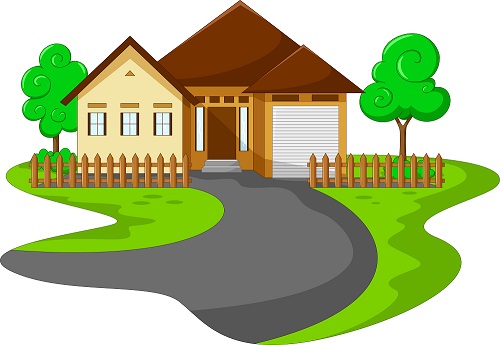The ABCs of Financing a Rental Property

The ABCs of Financing a Rental Property
Financing a rental property is much like financing a primary residence or vacation home. The funding sources are pretty much the same and most lenders follow the same general set of guidelines. Most such loan programs are underwritten to standards set by Fannie Mae or Freddie Mac, although there are also other lenders who offer their own programs that fall outside of Fannie or Freddie’s realm. But if you’re thinking of buying and financing a rental property, there are some things you should be aware of at the outset.
Financing a Rental Property: How it Works
Perhaps the most important is how lenders treat the rental income from the prospective rental property. It’s not uncommon to find an individual who owns not just one or two rental properties but multiple rental units. The reason for many such investors is how lenders view income generated from the rental. For someone who is buying a very first rental property, while there can be verified income generated from the unit, the income from the rental can’t be used to help offset or completely pay for the mortgage payment plus taxes and insurance.
The buyers must be able to qualify based upon the new mortgage without the benefit of the rental income. However, once that first property has been purchased and financed, subsequent rental purchases can use the rental income to help qualify. In this instance, real estate investors can buy multiple properties that generate cash flow each and every month instead of a monthly expense.
Verifying Ownership for Two Years
Further, real estate investors must show ownership of a rental property for at least two years before that additional income can be used to help qualify. Lenders want to see that not only can someone handle the monthly payments but also keep the property rented, maintained and demonstrate an overall ability to manage a rental unit.
Lenders can also have their own guidelines as it relates to vacancy. Rental units are rarely occupied 100% of the time. When someone moves out of a rental property, typically the unit needs to be cleaned, repaired, perhaps painted and other maintenance. Next will be advertising and tenant applications. Lenders often use a 25% vacancy factor, meaning if the rent is $3,000 per month, qualifying rental income will be 75% of that amount, or $2,250. In addition, when an appraisal is performed, the appraiser completes a market rent analysis and arrives at an amount the appraiser finds the unit would rent for. In the instance where the actual rent including the vacancy factor and the market rent listed by the appraiser, it’s the lower amount of the two used to help qualify.
Closing Costs and Fees
Next, buyers need to be aware of the additional funds needed to close the transaction. Conventional loans for a primary residence can ask for a down payment of just 5.0%, and even as low as 3.0% in certain targeted zones. With a low down payment for a conventional loan, private mortgage insurance, or PMI, will be required. Government-backed loans can be used to finance a primary unit but can’t be used to finance a non-owner occupied property. Down payments for rental properties are anywhere from 20-25% of the sales price. Because PMI is not available for rentals, a low down payment conventional mortgage is only available for a primary residence or a vacation home.
Interest Rates
Interest rates are also a bit higher than those reserved for an owner-occupied home. Buyers can expect to pay an interest rate anywhere from 0.50% to 1.00% higher compared to an owner-occupied unit. These additional requirements are in place because lenders know that someone who owns several units and later runs into some sort of financial distress. If a borrower can no longer afford multiple home loans, it’s the rental units that will be let go first, usually preserving the primary residence.
Finally, a rental should generate positive cash flow, otherwise it’s just an additional monthly expense. Yes, the property will appreciate over time but investors look to see if a unit will provide enough monthly income. You’ll need to cover the principal and interest payment, property taxes, insurance and maintenance.
What’s Next
If you’re thinking of getting into investment real estate, it can be a great way to create long term wealth. Before you get too much further, let’s talk about your options, rates, costs and so on to make sure your first rental purchase will be a smooth process.

